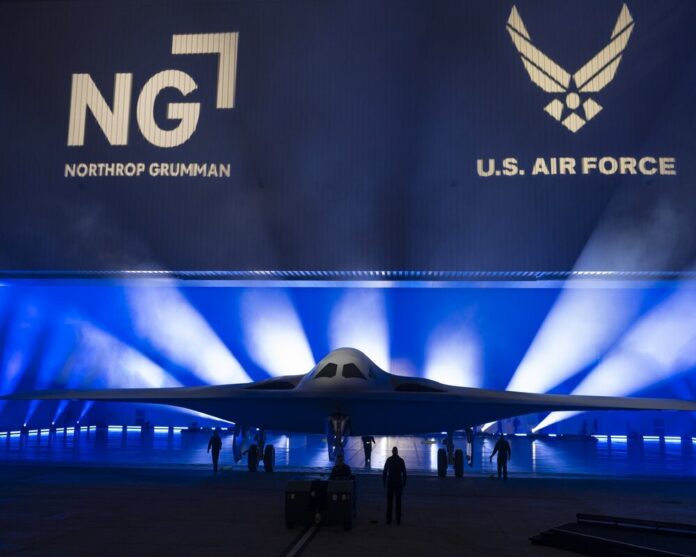The United States Parliamentary committee announced that it will conduct an “endurance” review of F-35 fighters in early June 2022. American warplanes are complained of many flaws, reliability problems as well as high costs, and these issues worry American parliamentarians.
Should the F-35’s capabilities be reconsidered?
The F-35’s flaws are being debated in the United States Congress. HASC requested the establishment of a control and reliability review of the fifth generation fighter jets manufactured by Lockheed Martin on June 8, 2022. In particular, they draw attention to “problems with the F-35 spare parts supply chain” and “logistical deficiencies”.
The report states that it should analyze the operational capabilities of the F-35, determine whether the aircraft still encounters operational problems, and seek answers to whether the spare parts provided to the US Air Force allow the aircraft to be fully maintained. They will also note any element that is likely to be questioned regarding the use of warplanes. GAO is expected to submit a detailed report on March 1, 2023.
Although the F35 was equipped with the latest technology, it crashed into the Chinese sea.
Click here to learn how the plane crashed into the sea and why it was taken out immediately: F-35 lying at the bottom of the sea at 3800 meters: F-35 at bottom of ocean at 3800 meters: Why was it taken out?
F-35: An aircraft with chronic problems?
In 2018, HASC already warned of the low operational range of the F-35C in a report later made public to the American Congress.
The radius of action of this naval version of the F-35 was so small that it was necessary to bring aircraft carriers closer to their targets until they were within range. An aircraft with a flight range of only 670 nautical miles (1,240 km) is considered ineffective if the aircraft carrier is more than 1,800 km from a target.
However, the naval version of the F-35 is not the only model criticized for its technical and logistical problems, two other models of the aircraft, the F-35A (traditional take-off and landing) and the F-35B. (short take-off and vertical landing) also face many challenges: While only 165 of the 857 faults listed in July 2021 are in the process of being resolved, new problems continue to emerge with use.





